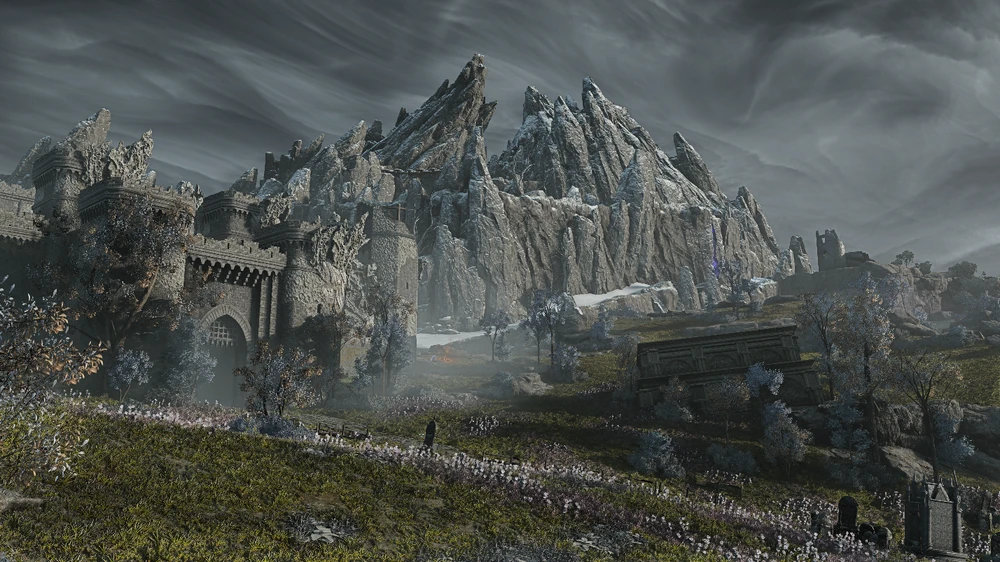FromSoftware’s new roguelike spin-off, Elden Ring: Nightreign, launched earlier today, and fans diving into the game might notice something familiar right from the start. The entirety of Nightreign takes place within Limveld, a region directly based on Elden Ring’s iconic starting zone, Limgrave. The terrain, cliffs, and winding paths will feel right at home to veteran Tarnished – but don’t be fooled. While the geography may echo the Lands Between, it will still feel different.
Best Classes in NightreignUsing in-game map assets and measurement units (in meters), YouTuber Addypalooza mapped out the playable area of the original Elden Ring’s map just a few months ago. According to their analysis, Limgrave covers approximately 1.71km². Limveld on the other-hand features several cut-off edges and trimmed outskirts and therefore we can estimate Limveld to come in closer to around 1.5km².
But here’s the twist: Nightreign isn’t meant to feel expansive in the same way as Elden Ring. Unlike the original game where exploration was encouraged across massive, seamless zones, Nightreign introduces a shrinking battlefield mechanic – not unlike what you’d find in a battle royale. As time passes, the playable space in Limveld tightens, funneling players into conflict and more specific areas.
This means that even though the map size is smaller, it’s a deliberate choice in service of the game’s fast-paced roguelike structure. You won’t spend hours wandering through open fields; instead, you’ll be fighting for survival in a space that grows more claustrophobic by the minute. There’s also the consideration of Shifting Earth Events, which are temporary changes to the Limveld map.
So while on paper Limveld may seem less grand than Limgrave, in practice, it’s optimized for a completely different gameplay loop – one focused on tension, compression, and chaos.
Best Smithing Stones in Elden Ring: Nightreign